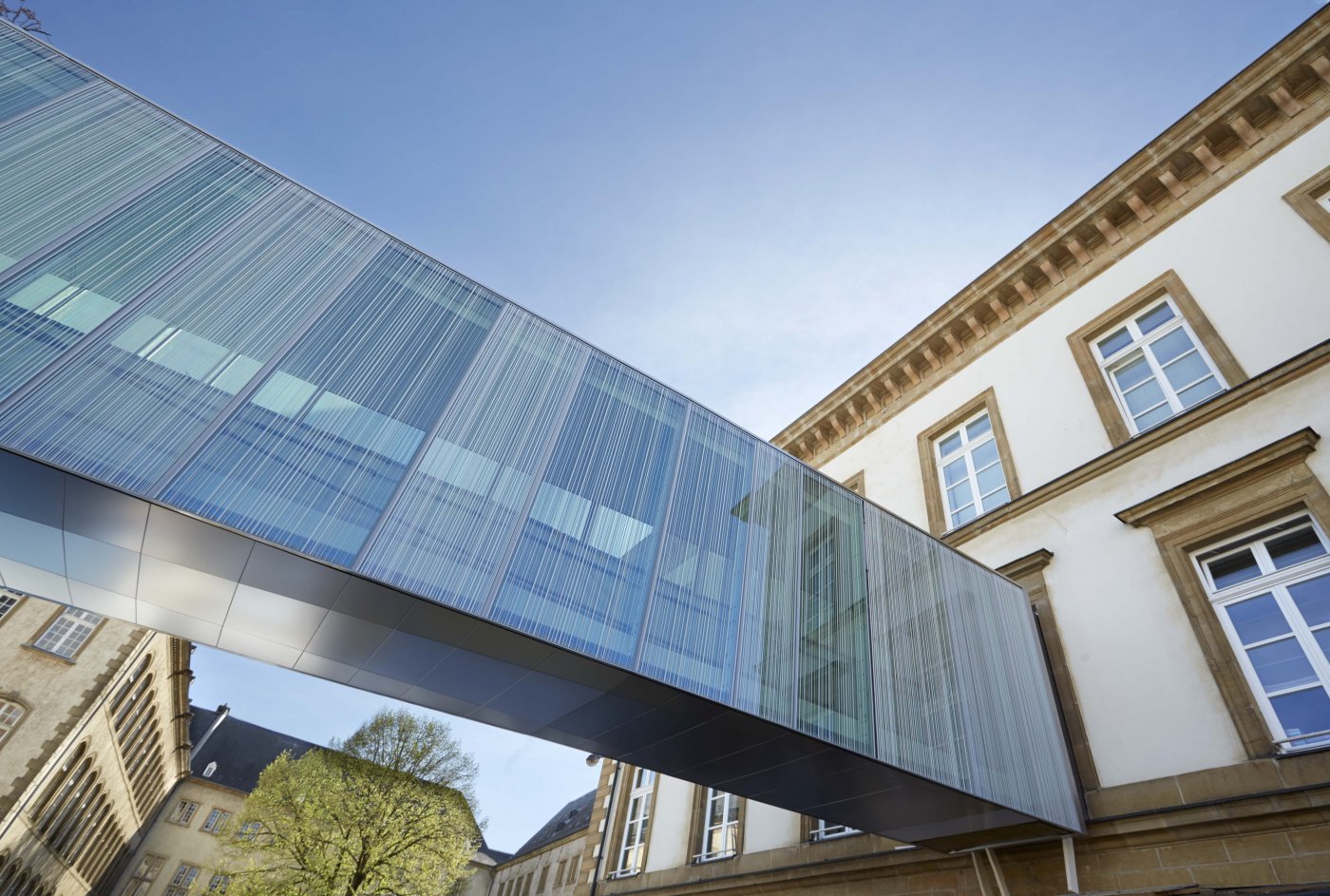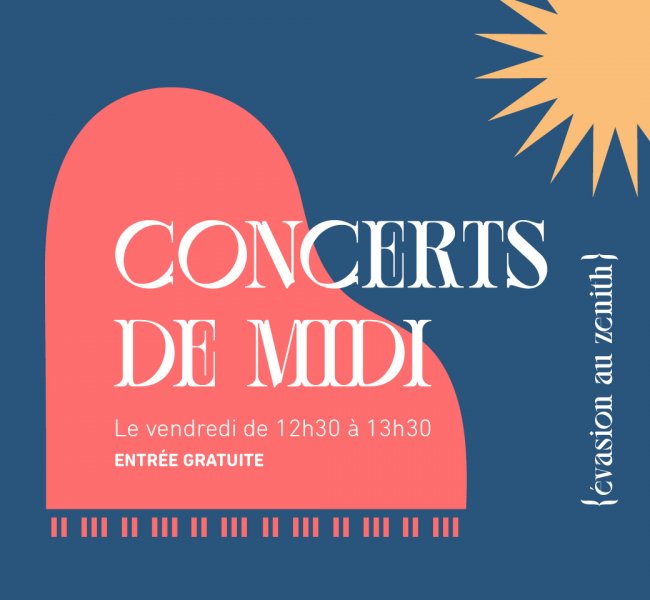Summary record
Video
Inclusion of Rue Jules Fischer, Rue Nic. Martha and Bvd Kaltreis in the 30 km/h zone of the Bonnevoie-Sud district, and traffic and parking concept in the area around the future Lycée G. Lippmann and the CNFPC
Question by Marc Angel
A serious traffic accident that occurred on Monday, 16 July 2018 at the intersection of Rue Nic. Martha and Boulevard Kaltreis in Bonnevoie served as confirmation and a reminder – not that one was needed – of the worrying and dangerous traffic situation at this location that many residents have long deplored. We should note that the authorised speed limit of 50 km/h is often not observed in the upper part of Rue Jules Fischer.
Rue Jules Fischer, Rue Nic. Martha and Boulevard Kaltreis provide access to districts that are exclusively residential, but these roads have not been included in the 30 km/h zones established in the rest of the district.
In addition, the construction of the future Lycée Gabriel Lippmann, the plan to locate the National Centre for Continuous Vocational Training (Centre national de formation professionnelle continue – CNFPC) on the current site of the Lycée Technique de Bonnevoie, and the future execution of the Rue Jules Fischer new development PAP (PAP nouveau quartier) could further aggravate the situation since these projects will draw more traffic to this residential district, particularly Rue Jules Fischer.
In light of the foregoing, I would like to ask the following questions:
- Could the mayor reiterate the reasons offered against including Rue Jules Fischer, Rue Nic. Martha and Boulevard Kaltreis in the perimeter of the 30 km/h zone of the Bonnevoie-Sud district?
- Is the college of aldermen considering embarking on a new procedure to include these streets in the existing 30 km/h zone?
- Is a traffic (and parking) concept being developed for the areas around the future Lycée Gabriel Lippmann and the future CNFPC to keep additional traffic away from the neighbouring residential district?
Response by Patrick Goldschmidt
Alderman Goldschmidt explained that the City was still awaiting recommendations on the issue by the relevant departments. Generally speaking, streets are classified according to a hierarchy (collector roads, major roads, side streets, residential streets). It is often impossible to create 30 km/h zones on collector roads, and this is why such zones have not been set up in the three streets referred to in the questions asked here. If 30 km/h zones were set up in those streets, the trips of the bus lines that use these roads, which are already long, would become even longer.
In addition, the City has a duty to abide by the guiding principles that state that the number of pedestrian crossings must be minimised in 30 km/h zones. There are five such crossings that were demanded by the residents of Rue J. Fischer and Bvd Kaltreis. In moving forward, pedestrian crossings would need to be removed as appropriate, except for those in front of the school.
In addition, it has been found that the longer the road, the less motorists adhere to speed limits. Compliance with these speed limits is measured regularly by the municipality, and results show:
- an average speed of 55 km/h going towards the top of the street,
- an average speed below 50 km/h in the opposite direction,
- and that many roads with a priority to the right cause drivers to brake "automatically".
Thus, taking into account the length of the streets (a 30 km/h zone should not extend more than 1 km on a road) and the changes described above, there is every reason to believe that drivers using the roads in question would not observe a 30 km/h speed limit. It is therefore preferable to take a localised approach by creating sections with a 30 km/h speed limit in the most dangerous places. The Service Circulation (Traffic Department) and Service Voirie (Roads Department) will determine if this plan is feasible.
Furthermore, it must again be noted that establishing such zones on collector roads not only requires superstructure work, but as a general rule also involves concurrent infrastructure work, and that will result in prolonged construction work. Consequently, there are no plans to establish a blanket 30 km/h speed limit zone in the near future, but isolated measures will be implemented to reduce traffic.
As regards making the roads around the future Lycée G. Lippmann and the CNFPC safe, working groups have been formed and the issue has been referred to them. However, at this time their work is only in the preparation phase.
Use of the City of Luxembourg logo by the Advent circus set up at Glacis and the possibility of the City using the circus grounds for events
Question from Tom Krieps
Councillor Krieps stated that the second part of his question had already been answered (insofar as the reception for new Luxembourg citizens had taken place on the circus grounds). Be that as it may, he now wished to address only the first part of the question, mentioning that the circus brochures, which are distributed to children at school, display the City's logo along with the logos of the Luxembourg Red Cross and other esteemed institutions. In light of the foregoing, the following questions should be asked:
- Has the City entered into an agreement with the representatives of the Advent circus?
- If so, what are the areas to which this agreement applies?
Response by Patrick Goldschmidt
Alderman Goldschmidt noted that for more than a year, the City had been regularly approached by the Advent circus. As part of its planning, the Advent circus asks the City if it is interested in hosting the circus, and in the past few years the answer to this question has always been yes. As such, in January the college of aldermen granted its consent to the Advent circus to set up in the city during November and December, and an agreement to this effect was signed with the circus's representatives.
The facilities were moved to the upper part of Glacis because the infrastructure of the lower part did not allow for assembly in the usual location. However, problems have also arisen at the current location, making it necessary to think about the future location of the circus.
The Luxembourg Red Cross, which had approached the City when it was seeking an offbeat site for its biennial ball, was drawn to the circus grounds and the benefits of its location (tram and parking options). In this vein, an agreement was reached with the circus to organise the event, and this probably explain why the organisation's logo is on the brochure. Regarding the question of reproducing the City's logo, the issue has not yet been resolved and it will be discussed in order to determine if such use is desirable and conceivable in the future.
Moreover, the City receives a lot of free entry tickets from the circus through the head of the City's Service Intégration et besoins spécifiques (Integration and Special Needs Department), which is continually looking to provide opportunities for people with needs relating to integration and people with disabilities to take part in such events. As a result, it has been possible to give out 900 tickets to the circus's advance show, distributing them to associations and making them available to interested municipal employees.












